Rare Rides: The Eagle Premier Story, Part III

We continue our coverage today of the Eagle Premier from over 30 years ago. Parts I and II detailed the inception of the AMC-Renault joint project, and the technical aspects of what was a pretty advanced (or quirky) family sedan.
The time had come to put this all-new AMC offering on sale, but Premier arrived alongside some very unfortunate historical circumstances.
As mentioned in Part II, by the time Premier was ready for production it was running behind schedule. The sedan was supposed to be on sale for 1986, but it didn’t enter production until September of 1987. The first Premiers were produced as 1988 models and constructed at a new plant located in Brampton, Ontario. Brampton Assembly built all Premiers and builds the 300, Charger, and Challenger today. At the time it was the most technologically advanced assembly plant in North America, and cost a fortune to build.
But this expenditure meant all was not well in AMC-Renault land. The (French) money spent on the new plant in Canada caused financial problems for Renault. In France, Renault closed several plants and laid off employees as it funneled money into AMC and North American operations. Renault executives were not happy about this spending, and Renault as an entity was up against a wall.
Though top brass at Renault were generally against the all-consuming investment in AMC, one man was not: Georges Besse. Besse became the chairman of Renault in January 1985 and saw a bright future for AMC as part of the state-owned Renault corporation. As Besse stood up for AMC, his eyes were on technologically advanced Brampton Assembly as a shining beacon of profitability when it fired up for the all-new Premier. He saw AMC’s fortunes elsewhere on the upswing too, as the company had recently introduced modernized engines like the 4.0-liter with fuel injection. AMC’s most valuable component – Jeep – was also seeing increases in sales as the Eighties popularized SUVs.
But a page turned in the AMC-Renault story on November 17, 1986, just 10 months before the Premier entered production. Besse, viewed as a successful capitalist, was assassinated outside his Paris residence by far-left extremists. He was targeted by an anarchist group founded in the late Seventies called Action Directe. Besse’s immediate successor, Raymond Lévy, saw to Besse’s initiatives in cutting costs (primarily in France) while advancing the plan of North American investment.
A year later at the end of 1987, the company was more stable than it had been in some time financially. The Premier was finally in production. Renault continued to sell the Medallion via its North American dealers and planned to bring over the sporty Alpine as a halo offering.
But there were more concerns than just the financials, and Monsieur Lévy had pressing decisions to make. More next time.
[Images: Chrysler]

Interested in lots of cars and their various historical contexts. Started writing articles for TTAC in late 2016, when my first posts were QOTDs. From there I started a few new series like Rare Rides, Buy/Drive/Burn, Abandoned History, and most recently Rare Rides Icons. Operating from a home base in Cincinnati, Ohio, a relative auto journalist dead zone. Many of my articles are prompted by something I'll see on social media that sparks my interest and causes me to research. Finding articles and information from the early days of the internet and beyond that covers the little details lost to time: trim packages, color and wheel choices, interior fabrics. Beyond those, I'm fascinated by automotive industry experiments, both failures and successes. Lately I've taken an interest in AI, and generating "what if" type images for car models long dead. Reincarnating a modern Toyota Paseo, Lincoln Mark IX, or Isuzu Trooper through a text prompt is fun. Fun to post them on Twitter too, and watch people overreact. To that end, the social media I use most is Twitter, @CoreyLewis86. I also contribute pieces for Forbes Wheels and Forbes Home.
More by Corey Lewis
Latest Car Reviews
Read moreLatest Product Reviews
Read moreRecent Comments
- Dave M. IMO this was the last of the solidly built MBs. Yes, they had the environmentally friendly disintegrating wiring harness, but besides that the mechanicals are pretty solid. I just bought my "forever" car (last new daily driver that'll ease me into retirement), but a 2015-16 E Class sedan is on my bucket list for future purchase. Beautiful design....
- Rochester After years of self-driving being in the news, I still don't understand the psychology behind it. Not only don't I want this, but I find the idea absurd.
- Douglas This timeframe of Mercedes has the self-disintegrating engine wiring harness. Not just the W124, but all of them from the early 90's. Only way to properly fix it is to replace it, which I understand to be difficult to find a new one/do it/pay for. Maybe others have actual experience with doing so and can give better hope. On top of that, it's a NH car with "a little bit of rust", which means to about anyone else in the USA it is probably the rustiest W124 they have ever seen. This is probably a $3000 car on a good day.
- Formula m How many Hyundai and Kia’s do not have the original engine block it left the factory with 10yrs prior?
- 1995 SC I will say that year 29 has been a little spendy on my car (Motor Mounts, Injectors and a Supercharger Service since it had to come off for the injectors, ABS Pump and the tool to cycle the valves to bleed the system, Front Calipers, rear pinion seal, transmission service with a new pan that has a drain, a gaggle of capacitors to fix the ride control module and a replacement amplifier for the stereo. Still needs an exhaust manifold gasket. The front end got serviced in year 28. On the plus side blank cassettes are increasingly easy to find so I have a solid collection of 90 minute playlists.
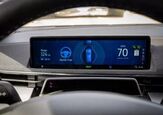
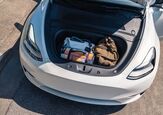


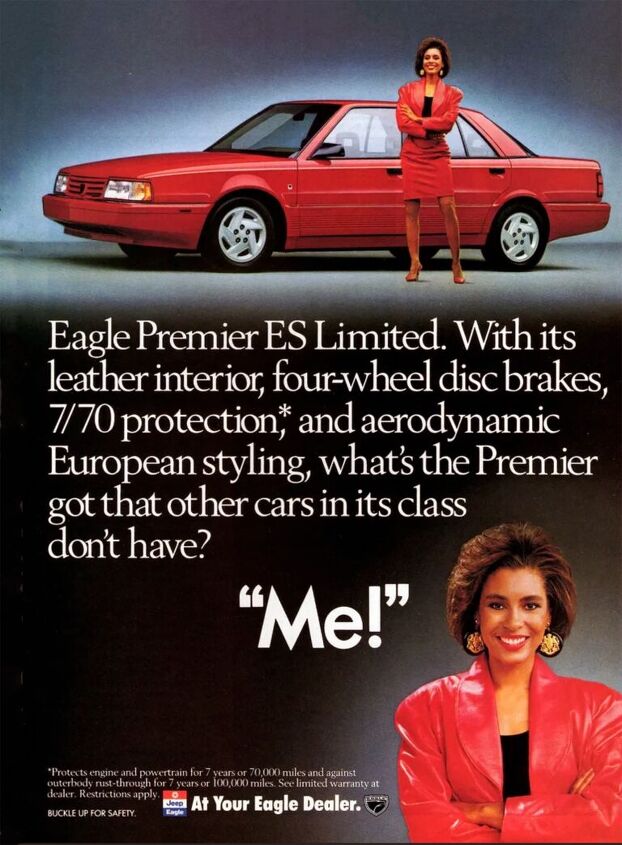













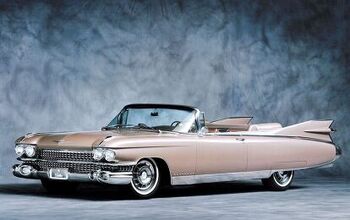


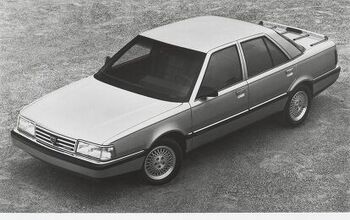
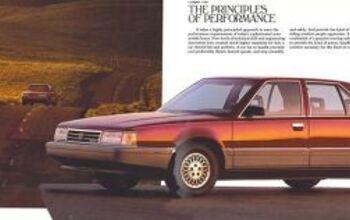
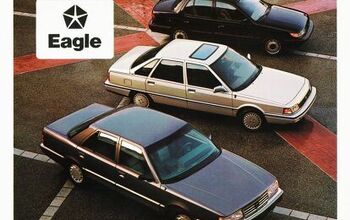
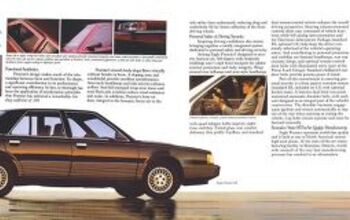


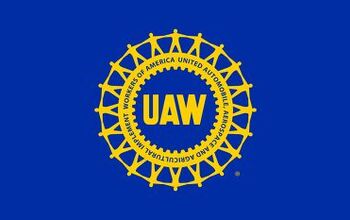
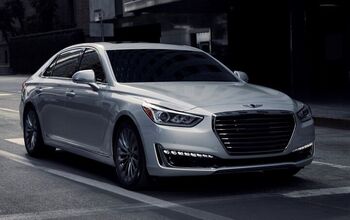
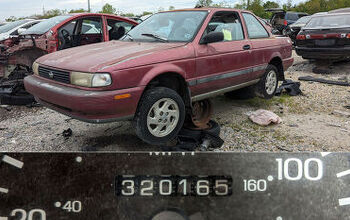

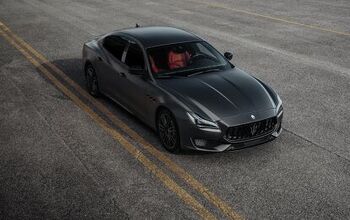
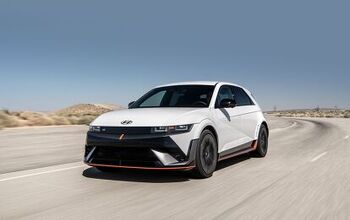
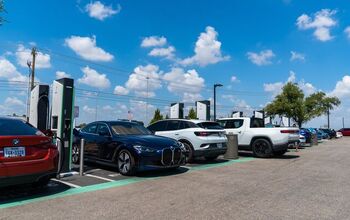
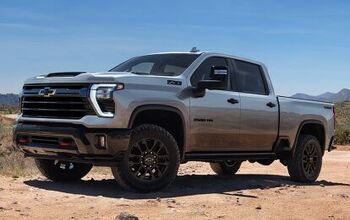
Comments
Join the conversation
Ahh, if it only had the corinthian leather option, then I would have bought one.
I am intrigued by the fact that little, underfunded AMC had the three products that best transfer to today's market. The Eagle AWD station wagon, Jeep and the Grand Wagoneer luxury SUV. It demonstrates that being the first to the market is not always the key to success. And that even if you build a better mousetrap, unless you have the cash to invest in massive marketing and influencing of the consumer's mindset, they will not 'beat a path' to your product/doorway.